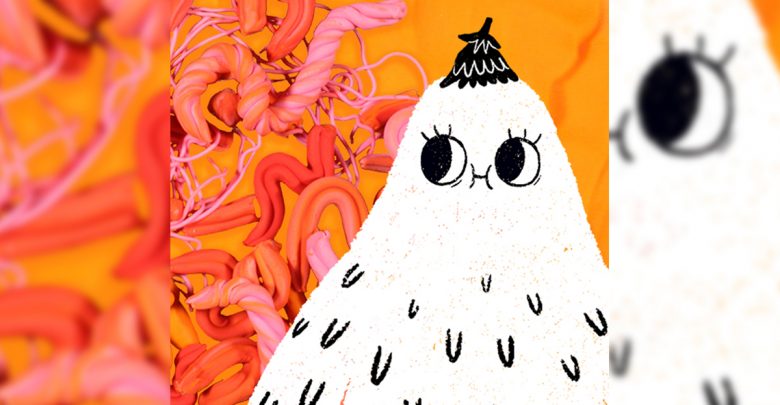 Supplied
SuppliedWe all remember sex-ed classes, when your regular gym or health class would be split apart by gender and your teacher would tell you about all of the icky stuff that comes with being an adult, maybe how to roll on a condom, but definitely to never have sex or you would die.
Though we’ve been exposed to human sexuality from a fairly young age, there seems to be a fundamental imbalance in our knowledge of sexual anatomy and its relation to sexual pleasure. According to the National Survey of Sexual Health and Behaviour (NSSHB) conducted by Indiana University Bloomington, about 85 per cent of U.S. men said their partner had an orgasm in their last sexual encounter, versus 64 per cent of U.S. women. As well, 91 per cent of men reported that they achieved orgasm in their last encounter, while only 64 per cent of women reported the same.
These findings suggest that there is a significant orgasm gap between heterosexual, cisgendered men and women. The remaining question is why is there such a gendered divide, and is it closeable? The National Film Board of Canada has a response. With the contributions from La Université du Québec à Montréal students, they have released “Clit-Me,” an interactive video game focused on women’s sexual health and satisfaction.
Clit-Me opens by citing statistics similar to the NSSHB, then introduces the player to a customizable, stop-motion clitoris. The game then teaches the player the different parts of this sex organ, and different ways to stroke, pinch, and tap it. The ultimate goal of this five minute game is — you guessed it — achieve an orgasm and do your part to close the orgasm gap.
Other than the clitoris mascot looking like a terrifying reimagining of Baymax, the game is onto something. These numbers don’t lie; there is a divide between what we know of how male anatomy relates to pleasure versus how female anatomy does. Orgasms can have various benefits for women’s health, but despite this, the clitoris is rarely talked about, drawn, or seen. Even executive producer of Clit-me, Hughes Sweeney, admitted that “we can’t even draw a simple form of [the clitoris].”
This points to a problem in our sex education in schools and other forms of media. From personal experience, the clitoris was mentioned in sex-ed classes in passing, enough for us to know it existed, but not much else. This kind of gap in our understanding of women’s can lead to erroneous ideas about sexual satisfaction, like the myth that women are just “bad at orgasms.”
As women, we’re often taught to keep details of our sexual preferences to ourselves. The good news is that attitudes towards sex have changed dramatically over the last few decades, allowing for safer self-exploration and questioning. As strange as it may seem to play a game with an animated clitoris, it opens up the conversation and allows for better sex education that you may not have gained in middle or high school. On the project itself, I only have to say “clit-game on fleek.”




